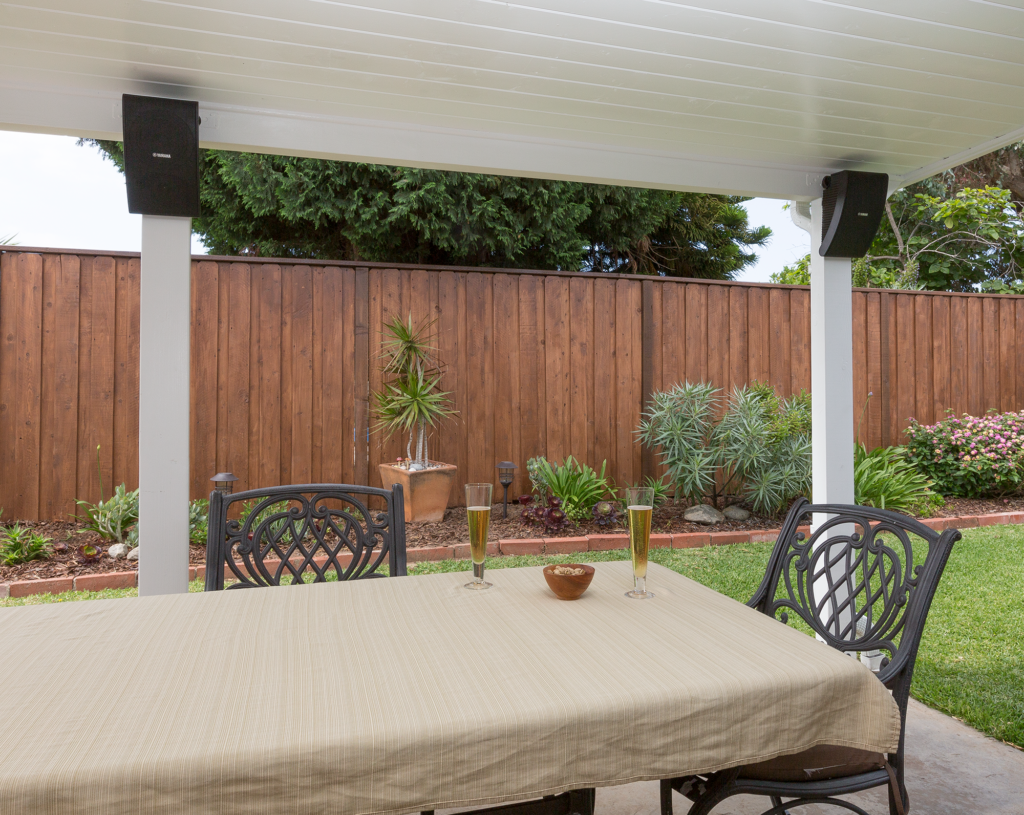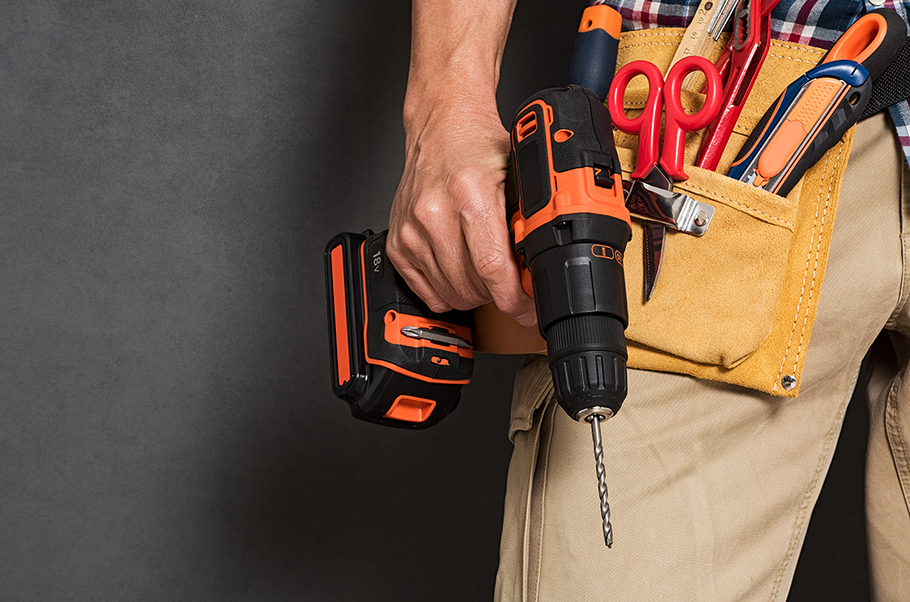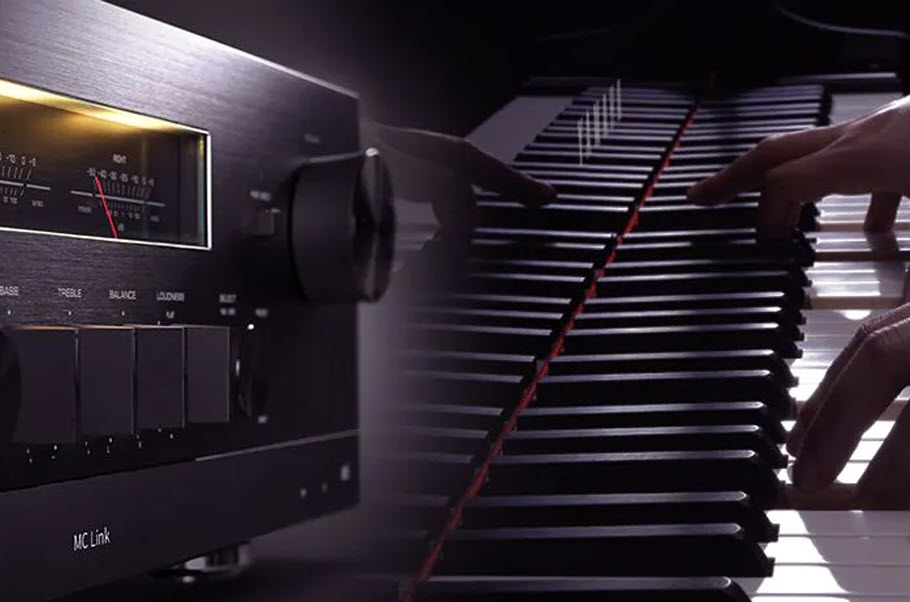Exploring the Levels of Yamaha Audio Room Calibration (YPAO™)
Here’s how to get the most out of the content you listen to.
If you own or are considering buying an AV receiver, one of the first things you’ll want to do is calibrate your system to your room — something that allows you to get the most out of the content you listen to. For all Yamaha AV receivers, this is done via a proprietary technology called YPAO™ (short for Yamaha Parametric room Acoustic Optimizer).
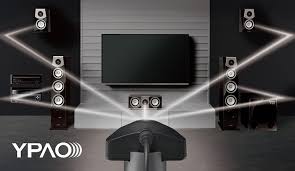
There are several levels or grades of YPAO technology that are implemented into different Yamaha products. All Yamaha surround receivers are capable of speaker equalization and distance measurement, but some add Reflective Sound Control (R.S.C.) and multi-point measurement capabilities (click here to learn more about these features).
To help you gain a deeper understanding of what YPAO can do, this article will focus on the advanced angle and height measurement algorithms available in the latest high-end Yamaha AVENTAGE receivers.
Speaker Placement Suggestions
By the early 1990s, surround sound was widely being used not only in theaters, as well as recording and broadcasting studios, but even in home playback systems. It soon became obvious that best practice recommendations were needed as to where to actually place these surround speakers in a room. For example, if a re-recording engineer were to create a surround soundtrack while monitoring through a studio’s proprietary speaker positioning and the final tracks were played back on a system that had a different speaker configuration, the in-home or theater experience would not be what the engineer envisioned.
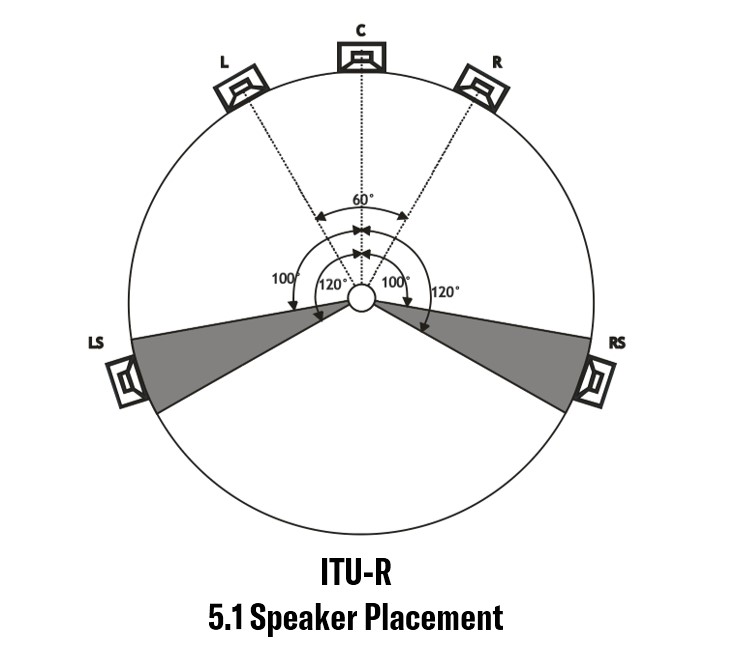
As a result, the International Telecommunication Union developed the ITU-R 775 speaker placement standard for multi-speaker surround sound systems. As surround technologies advanced, the addition of more channels called for addendums to the original standard.
In today’s home theaters, the Dolby Laboratories suggestions for speaker placement are most commonly used. They are closely based on the original ITU-R standard, with added recommendations for the positioning of surround back speakers and overhead speakers. The goal is to allow the listener to reproduce the sound designer’s creation as accurately as possible at home.

A perfectly designed home theater will follow these guidelines and deliver great results. If your 7.1-channel surround system is within these speaker placement tolerances, congratulations! Your system will likely accurately reproduce cinematic audio as the creators intended.

Most home theaters, however, do not meet those “perfect” criteria, since physical objects like doorways, windows and furniture will take priority over speaker placement, resulting in uneven sound field recreation.
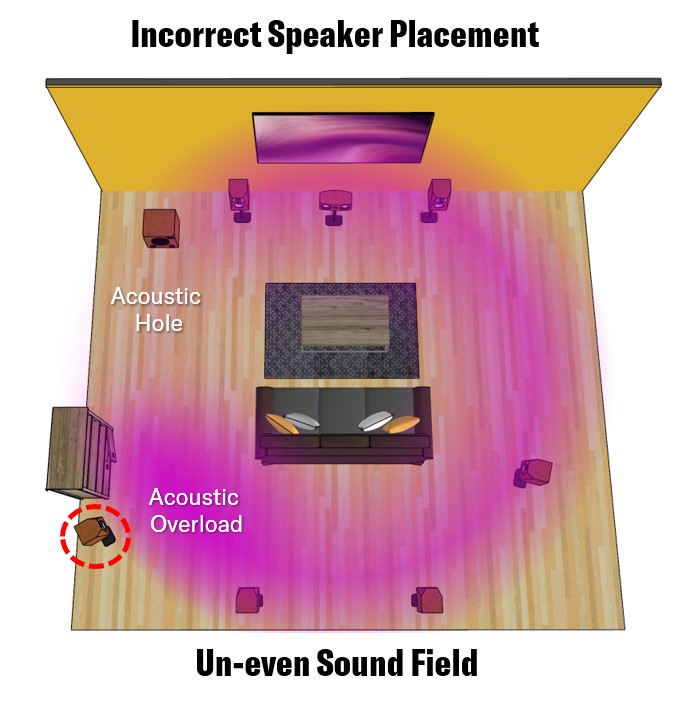
To place audio content within a “perfect” sound field, a tight adherence to speaker placement is necessary. This is particularly important when applying Yamaha proprietary CINEMA DSP enhancements to your listening experience. Knowing that such perfection is not often achievable, Yamaha developed an advanced workaround: YPAO.
YPAO Angle Measurement
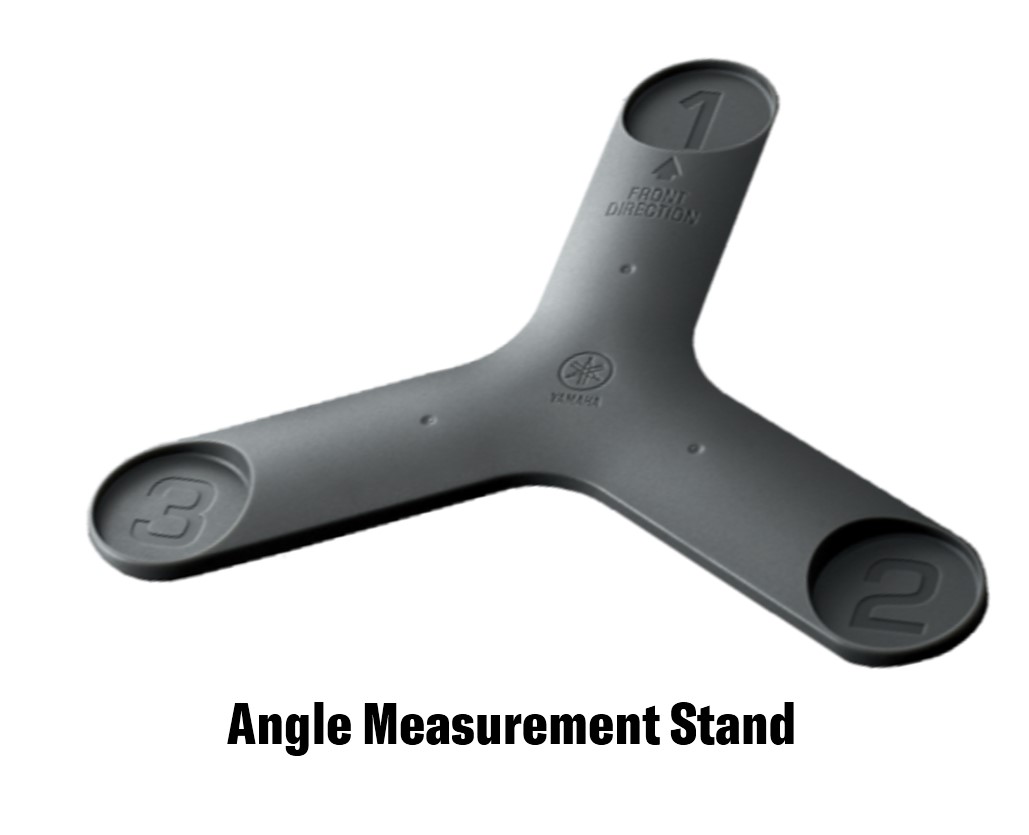
Using a specially developed microphone stand and some very advanced processing, the YPAO calibration system automatically locates the exact angle of each speaker in the room relative to the prime listening position. This angle measurement data is passed on to the built-in CINEMA DSP processor to generate a perfectly symmetrical and balanced sound field. Once applied, it allows a movie soundtrack to be enveloping without any noticeable acoustic “holes” or overloads in the sound field.
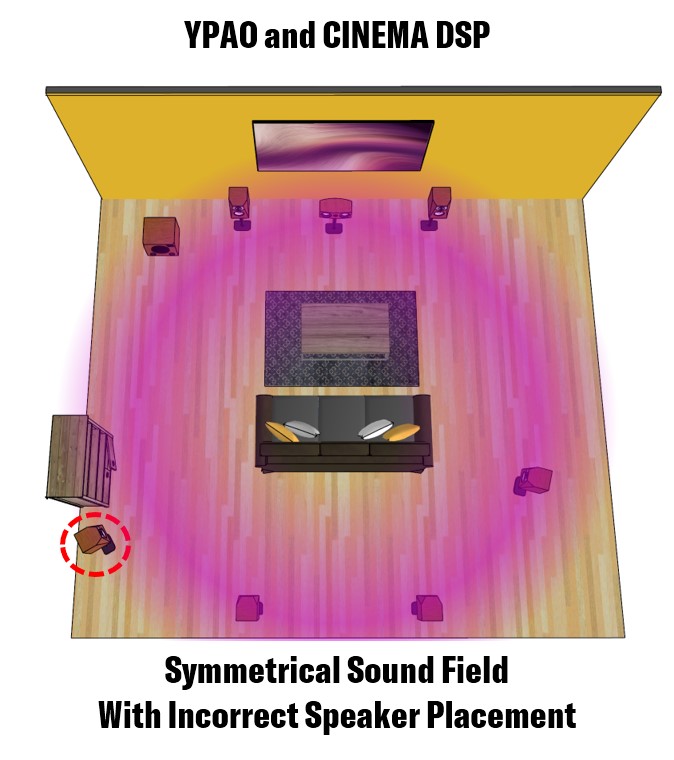
Plugging in the microphone and following the simple on-screen prompts, a full one-time calibration can be done in less than 10 minutes. The YPAO stand should ideally be screwed to a camera tripod for a sturdy foundation, placed at ear height and located in the prime listening spot. The number one position on the stand should be pointed in the direction of the center channel. The calibration process will send a quick set of test tones to position one, then pause and wait for you to place the microphone on position two and then again for position three.
YPAO Height Calibration
The angle calibration does a great job of locating your horizontal 5.1- or 7.1-channel surround system, but what about overhead speakers? Knowing where those are located above your listening position is just as crucial.
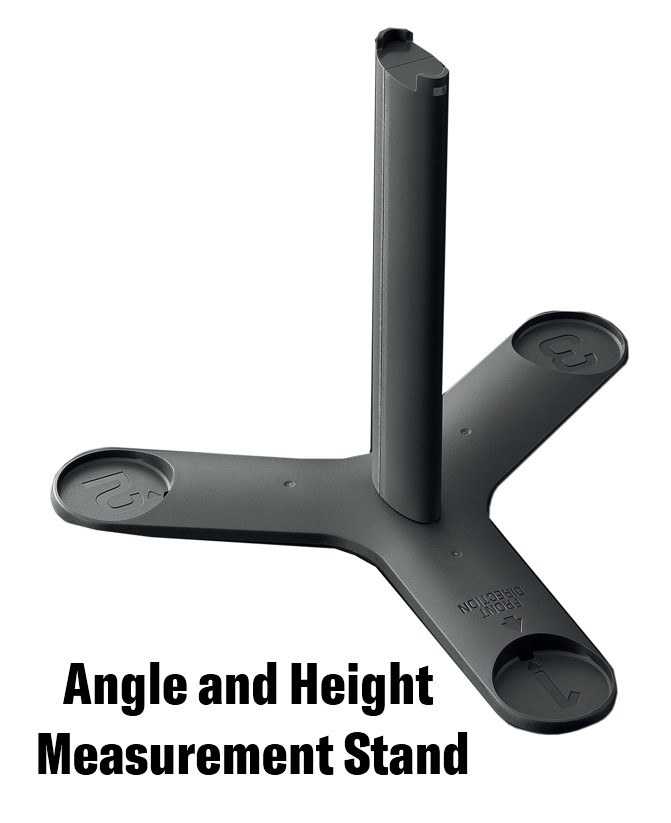
The addition of a fourth microphone position mounted above the plane of the three horizontal positions gives the YPAO measurement system the extra data it needs to locate the overhead speakers in a 3D space. Knowing the exact placement of all the speakers in the room allows YPAO and CINEMA DSP to generate a seamless and enveloping sound field that will virtually transport you from the physical confines of your listening space.
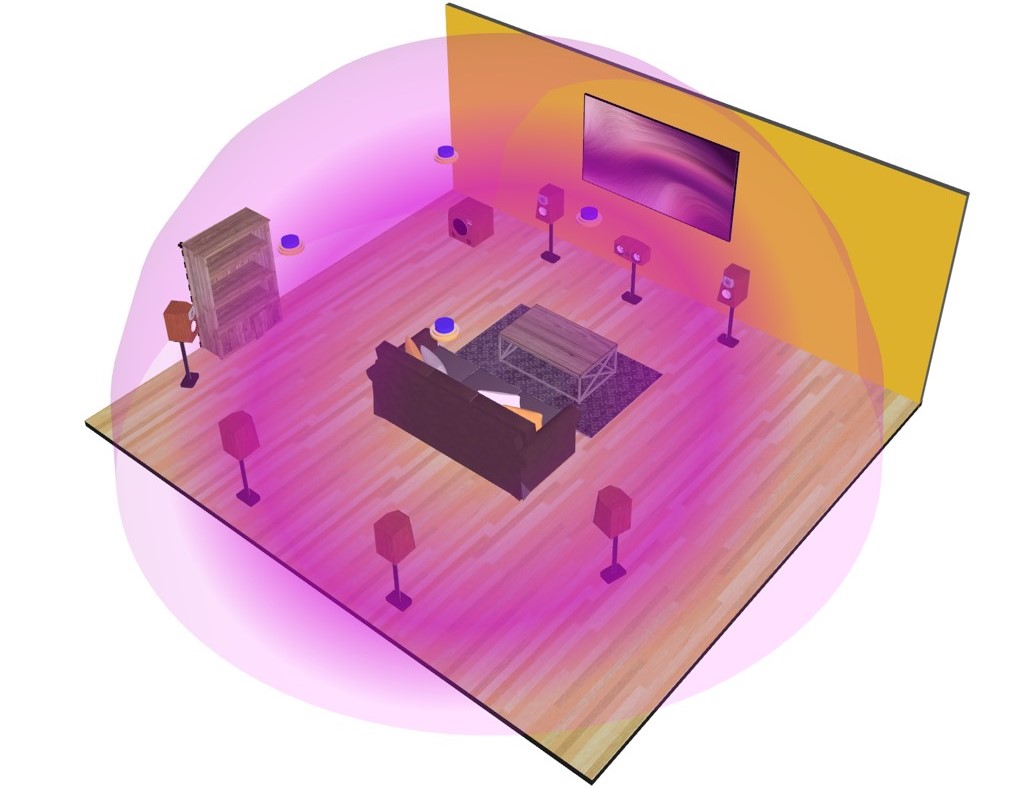
If you’re like the majority of us who can only dream of a custom-built room specifically for home theater use, the YPAO angle and height measurement tools will get you most of the way there. Once you’ve run through the calibration, you can start enjoying content in your newly configured home theater the way it was meant to be heard.
Check out these related blog articles:
How to Calibrate Your AV Receiver with YPAO™
How to Recreate the Movie Theater Experience at Home
How to Install In-Ceiling Speakers
Click here for more information about Yamaha AVENTAGE receivers.










